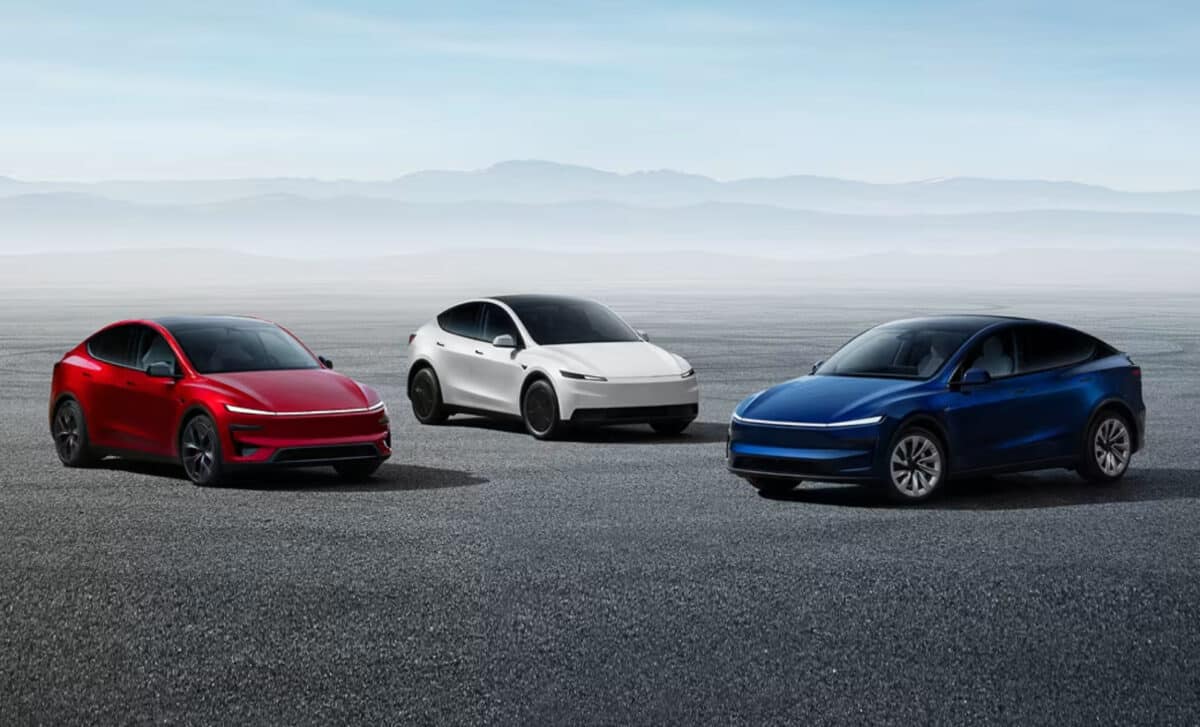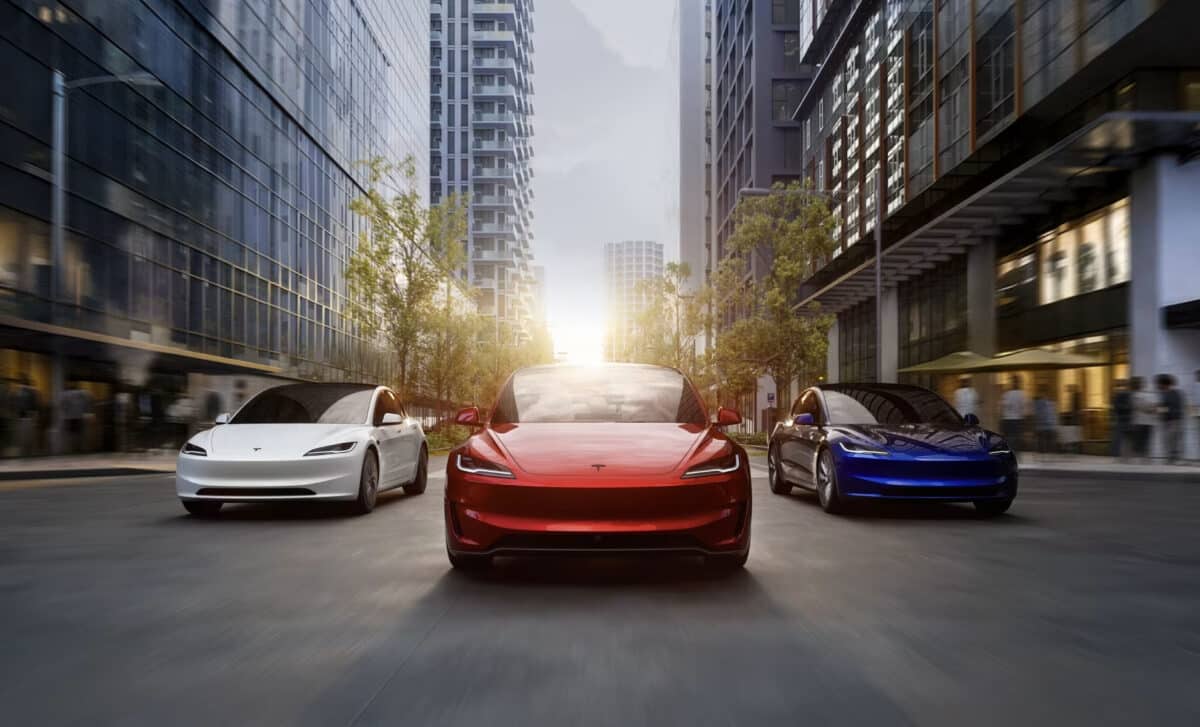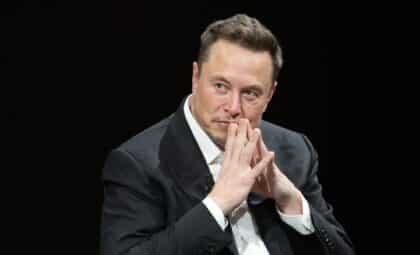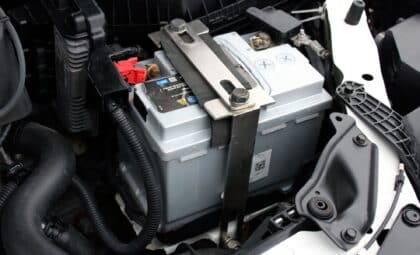The company plans to phase out all China-sourced components from American production lines by 2027, accelerating efforts already underway since early 2025.
This transition follows growing trade tensions between the U.S. and China, mounting tariff pressure, and geopolitical instability affecting core supplies like semiconductors and batteries. The policy shift doesn’t affect Tesla’s Shanghai operations or exports to Europe and Asia, but for the American market, a clear split is underway.
Tesla’s strategic pivot underscores a larger shift across the U.S. auto industry. Other manufacturers like General Motors are also instructing their suppliers to avoid Chinese parts, as domestic policy and international tensions reshape global manufacturing flows. Tesla’s move to “decouple” American production from Chinese inputs is not just political—it’s also economic, driven by the unpredictable costs associated with sourcing from China.
A Response to Tariffs and Rising Trade Uncertainty
Tesla’s decision to stop sourcing Chinese parts for its U.S.-made vehicles emerged earlier in 2025, as reported by the Wall Street Journal. This change was initially driven by escalating tariffs imposed on Chinese imports, which have made cost control unpredictable. Price volatility from import taxes and geopolitical instability has disrupted Tesla’s ability to plan and price its vehicles consistently in its largest market.
According to Interesting Engineering, this initiative gained further urgency when the U.S. introduced a fresh round of steep tariffs, leading Tesla to accelerate plans to replace Chinese suppliers. The same report notes that the shift actually began years earlier, when supply chain shocks during the pandemic prompted Tesla to ask its Chinese partners to relocate operations, including to countries like Mexico. But only this year did the company take the full step of cutting off China-based suppliers for its American factories.

A Dual Supply Chain Strategy to Separate Markets
Tesla now operates two distinct supply chains: one serving the U.S., and one based in China for its Asian and European operations. The Giga Shanghai plant still relies on a local network of more than 400 Chinese suppliers, producing vehicles like the Model 3 and Model Y for domestic Chinese consumers and nearby export markets.

These China-made vehicles are not exported to the United States. For its domestic U.S. production facilities in Fremont and Texas, Tesla is now instructing suppliers to eliminate all Chinese-made parts. This decoupling effort includes encouraging Chinese suppliers to relocate outside of China, with Mexico as a leading candidate for future parts manufacturing.

This growing separation reflects the broader “two-world” reality facing global manufacturers, who are increasingly having to tailor their supply chains to distinct geopolitical and economic environments.
Obstacles Ahead: Batteries, Chips, and Critical Materials
Despite the push, removing China from the equation will not be easy. According to Electrek, China still dominates global production of automotive components, especially in the areas of lithium-iron phosphate (LFP) batteries, semiconductors, and rare earth magnets—core ingredients for EV manufacturing.
Tesla had used Chinese-made LFP cells in some U.S. market vehicles until 2024, when changes to U.S. EV tax credit rules under the Inflation Reduction Act rendered those cells ineligible. Tariffs added another layer of cost, prompting Tesla to begin scaling back their use. The company is now working on its own LFP battery production facility in Nevada, scheduled to come online in 2026, although the plant is expected to operate at limited capacity, mainly serving energy storage products.
Meanwhile, recent friction between China and the Netherlands over chip exports from Nexperia has further underscored the risks of relying on China-adjacent suppliers. Tesla is facing pressure to diversify not only its battery sources but also chip supply, electronics, and even smaller mechanical components that have historically come from Chinese firms.









